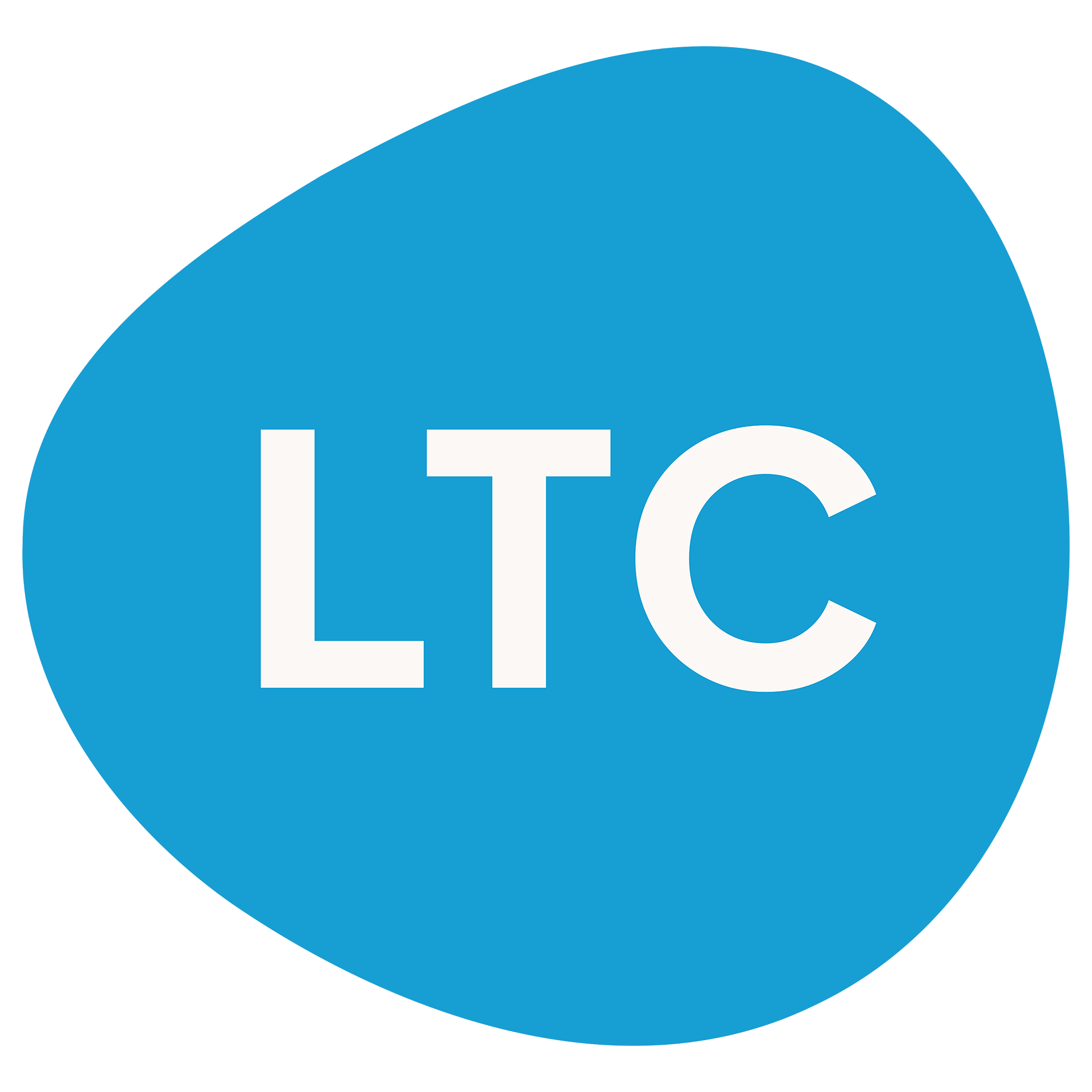Across Illinois, schools and districts are starting to make plans for Fall 2021 – including how they intend to spend funds on acquiring new and upgraded edtech. For many of these institutions, Chromebooks are at the top of that list, given their versatility and relatively affordable price when purchased in bulk.
Illinois schools aren’t the only ones with an eye on Chromebooks. Since Spring 2020, Chromebook demand has been at record highs, with many manufacturers still working to fill their backlog of orders. As such, some districts have begun changing course and looking at other Chromebook models to fill their school’s ongoing remote and digital learning needs.
But which Chromebook model is best? Which model offers the best value? In the long run, these answers depend mainly on your school’s intended use cases. Fortunately, Google has put together a reliable 4-step process that can help you decide which Chromebook models are right for your school or district.
Why Choose a Chromebook?
Before going too far, take a moment to answer one major question – “why should I choose a Chromebook?” All things considered, these compact laptops are popular for a variety of reasons. For many educational institutions, they can meet both their functional and technical needs effectively while still providing an affordable option that encourages buying in volume.
Here are just a few of the benefits Chromebooks possess compared to other education-centered device solutions:
Functional Benefits
Even before schools transitioned to remote and hybrid learning, Google’s suite of education-centered programs has been a standard for digital learning across all grade levels and subject areas. Chromebooks are built with that entire collection at its core, meaning that Google Drive, Docs, Slides, Forms, and more all work effortlessly out of the box. In addition, students can also use these devices to browse the internet and check email through built-in Google Chrome and Gmail support, respectively.
Going forward, many schools may also need the capacity to facilitate hybrid and remote learning on a regular basis. Chromebooks make that possible by offering access to Google Meet, Google Classroom, and Zoom (through Zoom’s Chrome Extension). With processor upgrades, many of the newest models even support calls of 15+ participants, making it easy to bring a full class together for activities and discussions.
Technical Benefits
From a technical perspective, Google Chromebooks are fully capable of meeting a school or district’s desired use cases. To that end, many current Chromebooks offer zero touch enrollment, making it easy to manage and update every device in the fleet with the latest software and security patches.
Speaking of updates, Chromebooks offer schools an opportunity to keep their primary learning devices productive and functional for many years post-purchase without needing to shell out extra upkeep funds. That’s because ChromeOS can always be updated for no added cost within a certain multi-year timeframe. These support periods tend to last around 5 years, with some current models even allowing for a 6.5 year support lifespan.
Also, Google has recently announced several new models that provide built in LTE or 5G wireless internet access. Given that most Chromebooks currently require wi-fi for many of their primary functions, this latest upgrade option may help rural districts or students without adequate at-home internet access participate more fully in the digital learning process.
4 Steps for Choosing a Chromebook for your School or District
There are a wide variety of Chromebook models on the market today, including options from manufacturers Acer, Asus, Dell, HP, Lenovo, and Samsung. All of these models are not built precisely alike, though, meaning that you’ll need to do a little extra work to determine precisely which model or models best serve your school or district’s needs.
However, if you utilize this 4-step process outlined by Google itself, you’ll find this selection process more efficient and satisfying than simply going at it alone. Be sure to keep these steps in mind as you begin down the path toward purchasing or upgrading your district’s new fleet of Chromebooks:
Step 1 – Identify Your Primary Use Cases
Before you even crack up your Chromebook catalogue, you’ll want to start the purchasing process by identifying your school or district’s intended use cases for its new Chromebooks. In other words, your school or district’s various edtech stakeholders need to work together to determine who will use these new devices, when they will be used, and what they will be used for.
The LTC’s Lead Regional Educational Technology Coordinator Ben Sondgeroth recommends starting this step by considering grade-level integration. To that end, schools should determine if the new devices will be used primarily by K-2, 3-8, or 9-12 students. This can inform how long those devices should be expected to last, as well as what kind of display they utilize.
Along the same lines, schools should use this step to appraise how their new Chromebooks will be utilized in the learning environment. In other words, stakeholders should determine if the new Chromebooks will remain at school at all times (either in a single classroom or as part of a ‘fleet’ offered through the school library) or if students will take their new device home on a daily basis. This can inform if the chosen Chromebooks need to provide certain apps or functionalities – particularly for districts that may use their Chromebooks for remote learning.
- Here are just a few more questions you can consider while outlining your intended Chromebook use cases:
- What grade level students will use these devices the majority of the time?
- Will these devices be used daily or only on as-needed basis?
- Will the students using these devices need certain interaction support, such as a touch screen?
- Will these devices be part of a school-wide or single classroom fleet?
- Will these devices be taken home with students on a regular basis?
- Will these devices be used to facilitate remote or hybrid learning, even on an occasional basis?
- Will students using these devices need at-home internet access support, either through a hot spot or built-in LTE? Do those students live in an area with reliable LTE connectivity?
Step 2 – Research Device Specifications that Meet Your Use Cases
Once you’ve worked with your key stakeholders to outline your primary Chromebook use cases, you can begin to research what kinds of specifications you’ll need to meet those use cases.
This can start at a basic level, and should take into account that all Chromebooks come installed with ChromeOS, as well as the Google Workspace for Education suite of apps. For example, to carry out basic Chromebook functions, Google recommends a model with 4GB of on-board RAM.
Meanwhile, schools and districts looking to use their Chromebooks as distance or remote learning devices will need slightly beefier specifications to make the most of today’s digital learning apps and tools. In addition to the 4GB RAM requirement, for example, Google recommends that institutions invest in a Chromebook model with one of the following GPUs:
- Intel – N4020, N4100, N4120, N4500, N500, N5100, N6000
- AMB – Athlon
- MTK – 8183, 8192
- QC – 7c
Also, districts should plan their Chromebook specifications based upon the internet access needs of their students. Several models now on the market feature built-in LTE connectivity in addition to their wi-fi access capabilities. These models offer more options to students living in rural areas and students whose at-home internet access is not reliable enough to facilitate consistent digital learning.
Finally, when it comes to charting out Chromebook specifications, you should try to differentiate between minimum and ideal specifications. In other words, you should identify two different sets of specifications that are designed to meet your use cases at a basic and at an optimized level, respectively. This can help when it comes to comparing model options in later steps of this process.
Step 3 – Determine Which Models Meet or Exceed Your Desired Specifications
With your desired specifications in hand, you’re now ready to crack open a Chromebook catalog and determine which models are a fit for your school or district’s needs. This can be done simply and easily using this resource from ILTPP vendor partner CDW-G, which outlines each of the current models and their specifications (arranged by common use cases).
During this step, it is recommended that you again identify models that meet your use case needs at both a basic and advanced level. This can make it easier to consider your options during the purchasing phase, particularly in light of ongoing delays in Chromebook ordering and delivery.
Also, during this step, many administrators and tech directors choose to loop in the teachers who will end up utilizing these devices once they arrive. Communicating with an in-district technology committee can similarly help establish expectations and identify feedback that may influence final model choices.
Step 4 – Compare Models Across the Device Ecosystem
Once you’ve narrowed down your list of prospective Chromebook models, all schools and districts are encouraged to take some time and compare those models wherever possible. This can include comparing certain specifications and how well they will serve the institution’s identified use cases. Prices can also be compared at this juncture and balanced against functional demands, especially if your school or district is working from a set purchasing budget.
CDW-G has produced a helpful resource for making this comparison step more straight-forward. In it, you’ll find each Chromebook manufacturers’ current offerings side-by-side, allowing you to quickly pair their specifications and determine if one is better suited to your needs or budget.
Be aware that the specifications and models outlined in the CDW-G resource above are current as of April 2021. Google regularly refreshes its lineup of Chromebook models and may be introducing new offerings in the near future to meet ongoing demand. For the most current Chromebook lineup, check out Google’s current online hub.
FAQ – Frequently Asked Questions about Chromebook Purchasing
If you have questions about purchasing Chromebooks, you’re not alone. Here are some of the most common questions asked by educational institutions today when it comes time to select new Chromebook devices:
When will my Chromebooks arrive?
Since Spring 2020, demand for Chromebooks has risen to exceptional levels due to the ongoing remote and hybrid learning needs of many school districts nationwide. As such, institutions looking to purchase new Chromebooks should expect delays when it comes to delivery.
However, different manufacturers are experiencing differing levels of backlog at this time. For the most up-to-date status on your recent or upcoming Chromebook purchase, consider speaking with your institution’s chosen technology vendor.
How long do Chromebooks last?
In general, most Chromebooks are rated to last 4 to 5 years in total. This takes into account both their physical durability and their software support life. This range can differ, however, based upon the amount of physical wear placed on a particular device as well as how late into its product lifecycle it is purchased.
Currently, Google maintains an auto update policy that allows institutions to update their Chromebook’s operating system at no cost for a certain period of time. All Chromebooks are subject to an Auto Update Expiration date, after which point that particular model’s hardware will no longer be supported by new software updates.
Current models (as of Spring 2021) are subject to remain viable through 2026, based on current estimates of longevity and support.
What type of system specifications do I need for X?
To perform certain functions reliably on a Chromebook, certain technical specifications must be met or exceeded. However, these specification thresholds can differ from app to app. For more information, refer to this side-by-side comparison resource or check Google’s latest documentation.
Ready to Meet your Tech Purchasing Needs
Whether you’re just starting to research new Chromebooks or you’re ready to upgrade your school’s entire fleet of devices, the Learning Technology Center of Illinois is here to support your ongoing edtech purchasing needs.
Through Illinois Learning Technology Purchasing Program (ILTPP), for example, schools and districts can obtain access to more affordable edtech prices through pre-negotiated statewide contacts. As an LTC imitative program, ILTPP’s team can also help you compare your edtech purchasing options among its broad collection of certified vendor partners.
Still have questions about Chromebook selection or purchasing? Consider joining the LTC’s online Community. There, you can ask questions and share insights with your peers on a variety of edtech topics – including in our Marketplace community, where you can learn about the latest special buys and get your purchasing questions answered by an ILTPP team member.









